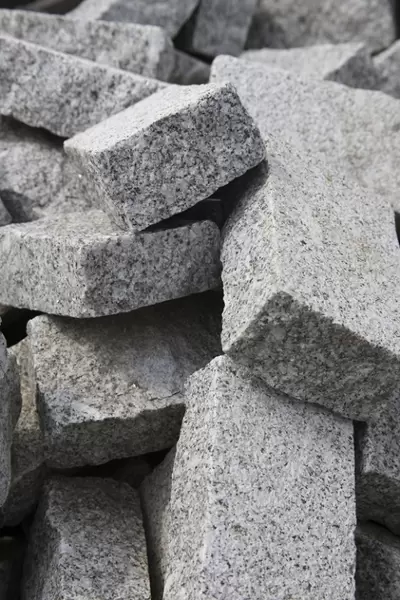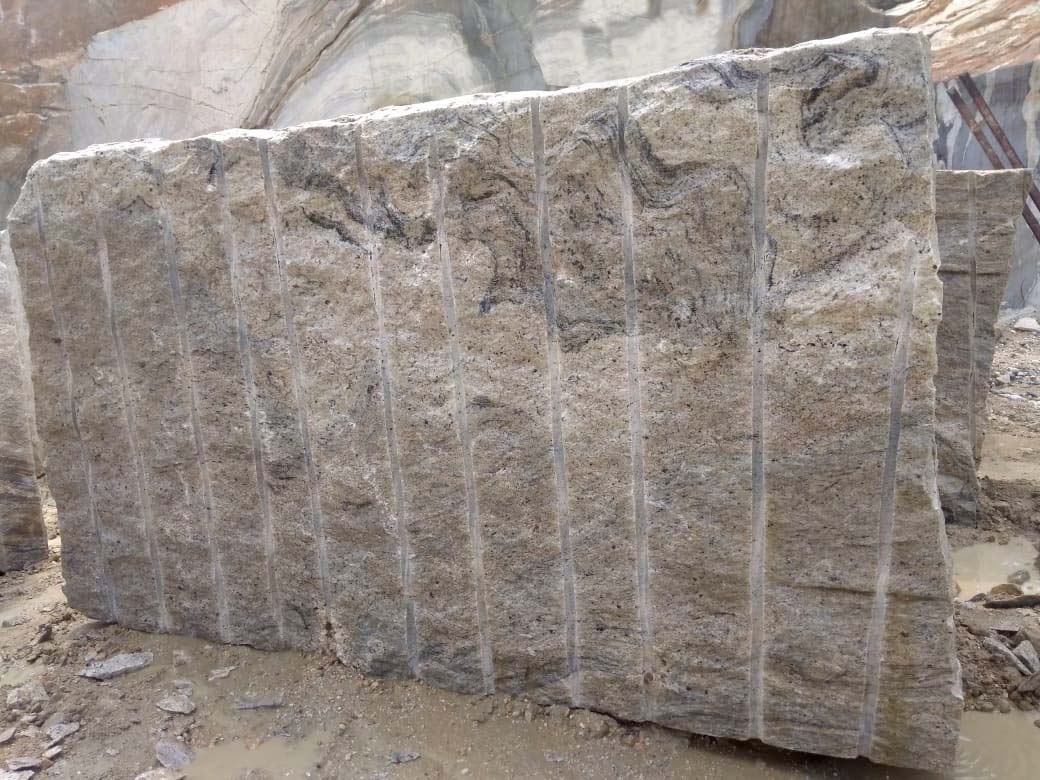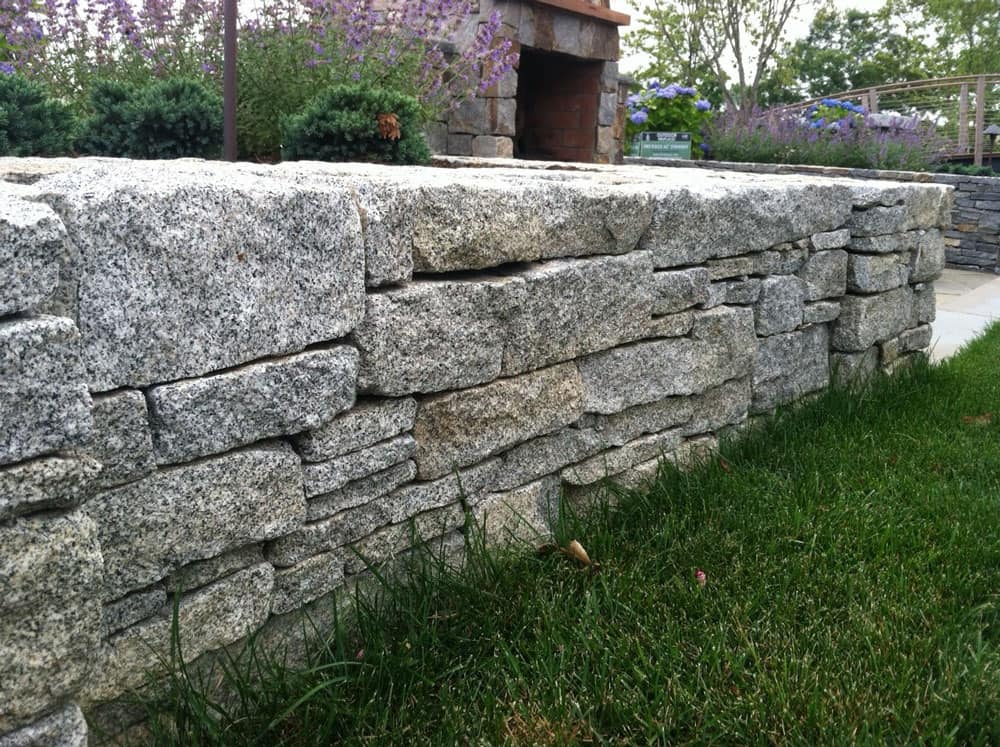Granite Quarries in Rustenburg: How Granite Removal Shapes Rustenburg's Socio-Economic Landscape
Wiki Article
From Stone to Natural Beauty: Uncovering the Tricks of Granite Quarries
' From Rock to Elegance: Uncovering the Tricks of Granite Quarries' is an expedition right into the remarkable globe of granite quarries. The book checks out the impact of granite quarries on the environment, providing useful understandings right into sustainable practices and ecological conservation.The History of Granite Quarries

In old Egypt, granite quarries were purposefully located along the Nile River, offering simple accessibility to transfer the heavy stone blocks. The famous pyramids of Giza, consisting of the Great Pyramid, were constructed making use of granite sourced from these quarries. In old Greece, the island of Naxos was renowned for its high-grade white marble, which was quarried and utilized in the building and construction of iconic structures like the Parthenon.
The Roman Empire additionally depended heavily on granite quarries, specifically in the building of their grand architectural projects. The Colosseum in Rome, for example, was built utilizing granite sourced from quarries in Egypt and Greece. The Romans further progressed the quarrying strategies, using proficient artisans and designers to remove and transportation granite across vast ranges.
Today, the heritage of these old granite quarries continues to influence modern style and building. The knowledge and expertise obtained from centuries of quarrying have actually been passed down with generations, ensuring that granite remains a treasured and popular building material.
The Extraction Refine of Granite
Having actually discovered the historical value of granite quarries, we currently explore the complexities of the extraction procedure, which is an important action in transforming raw rock right into the stunning building material it ends up being. The extraction procedure of granite involves numerous phases, beginning with the preliminary exploration and recognition of prospective quarry sites. When an ideal website is found, the removal process starts with the elimination of overburden, which describes the dirt, vegetation, and various other products covering the granite deposit.This involves drilling openings right into the granite utilizing specialized machinery and then putting explosives right into the holes. The nitroglycerins are detonated, fracturing the granite right into manageable pieces.
As soon as the granite is broken down right into smaller sized sizes, it is loaded onto vehicles or conveyor belts and moved to a processing facility. At the processing center, the granite is further fine-tuned through cutting, shaping, and brightening processes. granite quarries in rustenburg. This is done making use of numerous cutting and polishing devices, such as saws, brushes, and grinders, to attain the wanted shape, finish, and size
Tools and Techniques Used in Granite Quarrying
Granite quarrying involves the utilization of a variety of devices and strategies to remove the rock from the earth's surface. One of the main devices made use of in granite quarrying is the diamond wire saw.One more important device in granite quarrying is the drilling machine. As soon as the dynamites are detonated, they crack the granite, making it easier to extract from the quarry.
Along with these devices, there are different techniques used in granite quarrying. One method is referred to as blasting, where dynamites are utilized to damage the granite right into smaller pieces. An additional strategy is understood as ruby cable cutting, where a wire embedded with diamond beads is made use of to puncture the granite. These techniques, along with making use of advanced equipment, have made granite quarrying more effective and much less labor-intensive. They have also permitted the removal of bigger and extra exact pieces of granite.
Transforming Raw Granite Into Architectural Marvels
After the removal procedure, the raw granite undergoes a transformative trip to come to be mind-blowing building marvels. The removed granite blocks are moved to a fabrication facility where they are cut into slabs of various densities making use of sophisticated cutting devices such as great site ruby wire saws.As soon as the slabs are prepared, they can be further refined to satisfy details design requirements. Competent craftsmen utilize advanced machinery and tools to shape the granite into desired kinds, such as counter tops, floor covering floor tiles, or intricate sculptures. This process needs meticulous focus to information and proficiency to ensure that the end product meets the finest quality criteria.
Following, the finished granite items are meticulously evaluated for any kind of flaws or flaws. Any kind of minor issues are dealt with, and the items are carefully cleansed to get rid of any kind of dust or particles. The changed granite is packaged and prepared for transportation to its intended destination.

The Influence of Granite Quarries on the Environment
The ecological influence of granite quarries is a considerable worry that has to be addressed in order to ensure lasting methods in the rock industry. Granite quarries can have a destructive effect on the surrounding atmosphere, including the destruction of habitats, contamination of air and water, and the generation of extreme sound and dirt.Among the primary concerns is the devastation of natural environments. Granite quarries often involve the removal of huge amounts of plant life and topsoil, leading to the variation of wildlife and disturbance of environments - granite quarries in rustenburg. This loss of biodiversity can have durable repercussions for the surrounding environment
Quarrying tasks can launch harmful contaminants right into the atmosphere, such as particle issue and harmful gases. In addition, the extraction of granite can result in the contamination of neighboring water resources with the discharge of chemicals used in the quarrying procedure.

To alleviate these environmental impacts, the rock industry have to embrace lasting methods. This consists learn the facts here now of applying steps to reduce environment damage, improving air and water air pollution controls, and implementing reliable dust and noise suppression methods. In addition, reclamation efforts need to be embarked on to restore quarried locations to their natural state and sustain the regrowth of biodiversity.
Conclusion
In conclusion, granite quarries have played a significant function in shaping human history and remain to add to building wonders. The removal process entails making use of specialized methods and tools, transforming raw granite right into magnificent frameworks. The effect on the setting have to be meticulously handled to make sure sustainability. Understanding the keys of granite quarries allows us to appreciate the craftsmanship and appeal that can be acquired from this natural deposit.' From Rock to Splendor: Uncovering the Secrets of Granite Quarries' is an exploration right into the fascinating globe of granite quarries. The history of granite quarries can be traced back to ancient times, with evidence of quarrying activities found in old Egypt, Greece, and Rome. The Colosseum in Rome, for instance, was developed making use of granite sourced from quarries in Egypt and Greece - granite quarries in rustenburg. These techniques, along with the use of sophisticated machinery, have made granite quarrying a lot more reliable and less labor-intensive. Additionally, the extraction of granite can result in the contamination of close-by water Our site sources with the discharge of chemicals utilized in the quarrying procedure
Report this wiki page